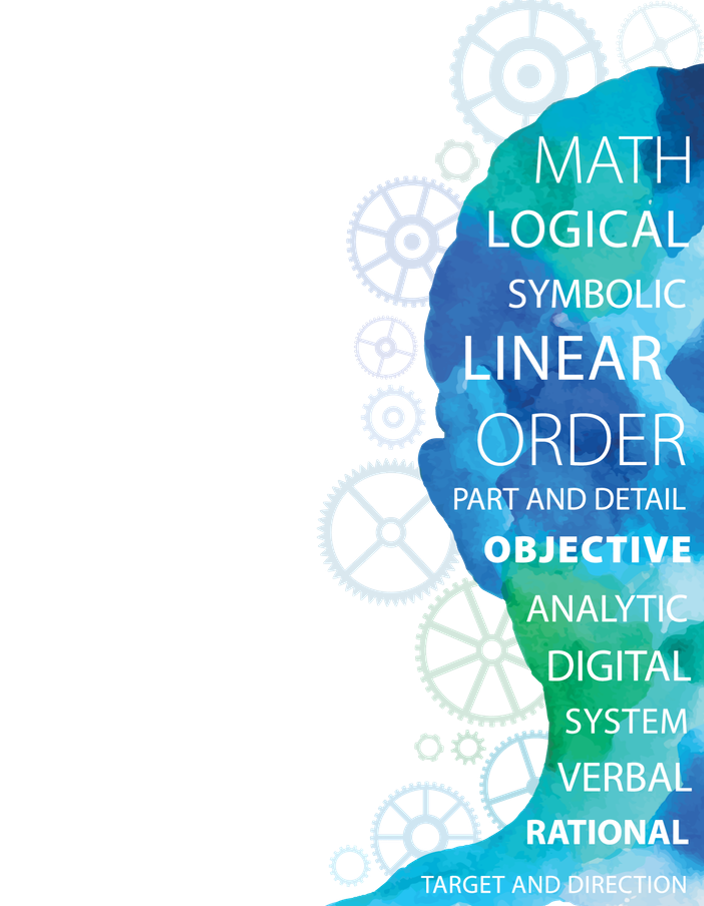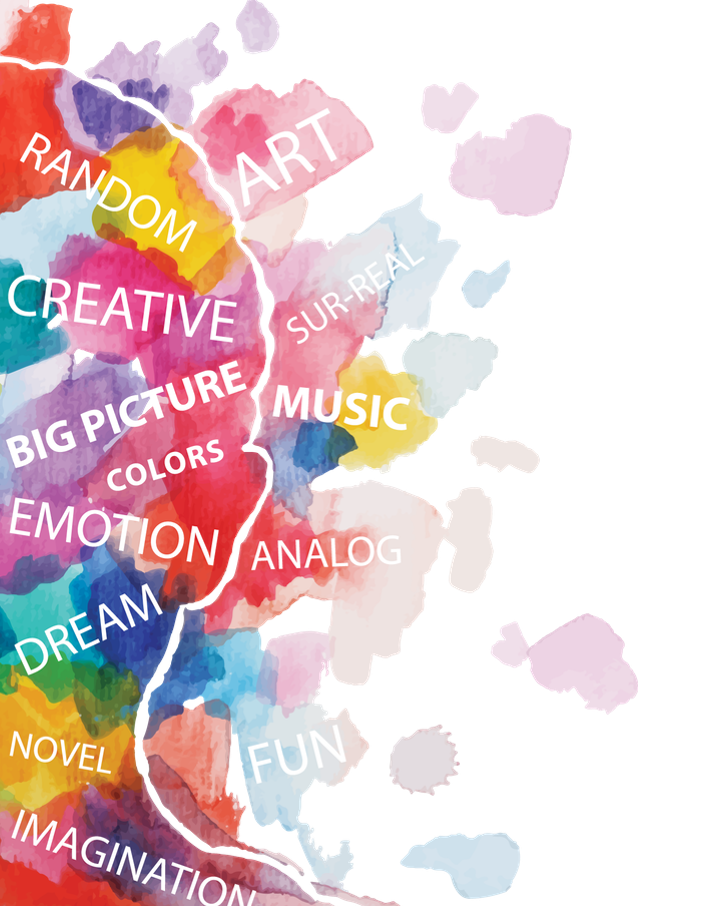The third principle calls for clear descriptions of students’ likely responses to assessment tasks. These responses provide evidence of the measured capability in the specific learning context. In response to assessment tasks, creative products can be presented in a variety of forms, such as complex presentations and images, investigations and performance, digital and computer-generated output, or in the form of virtual reality (Australian Curriculum Assessment and Reporting Authority [ACARA], 2016). Teachers should select and define levels and types of evidence that are achievable for students, appropriate to the learning content and consistent with the assessment objective.
How can an assessment task of creativity be designed in science?
This section presents the process of developing an assessment task in the science discipline as an example of how the above principles inform the design of tasks that can be used for measuring creativity.
1. Define clearly what you want to assess in creativity
Creativity has been defined differently in the literature depending on the focus of the observation. School teachers should consider these definitions and establish a definition that is appropriate and applicable to their school. The learning outcome of creative thinking described in ACARA is used to define creativity in this article.
That is, creativity is defined as the capability to generate and apply new ideas in specific contexts, see existing situations in a new way, identify alternative explanations, and see or make new links that generate a positive outcome (ACARA, 2016).
This generic definition does not yet clearly describe what is to be assessed in a task, nor does it take account of the specific learning context. It should be further refined by focusing upon which elements are intended to be assessed in the definition of creativity, and what learning content is appropriate to be embedded in the assessment. In this assessment example, the intention is to focus on ‘generating and applying new ideas in specific contexts’ in creativity.
The learning content is to “explain the location and causes of volcanoes using the theory of plate tectonics” from the Earth and Environmental Science Stage 6 Syllabus. Therefore, the objective of measuring creativity in this example is specified as generating and applying new ideas in the use of plate tectonic theory to explain the location and causes of volcanoes.
2. Design an assessment task for the assessment objective
According to the assessment objective, the task we drafted was “Build a model of a volcano to display its structure and energy”. However, the task had not yet been finalised as it still needed to be validated. That is, teachers needed some evidence that when the students responded to the task, those answering at the highest cognitive level were demonstrating creativity. Putting yourself in the position of a student attempting to answer the task and thinking ‘How would I (the student) have to think to answer this task at the highest level of performance?’ can help you validate whether the task is consistent with the assessment objective.
Students nowadays have access to answers on a wide variety of AI platforms. They could search for the answers on Google and follow the steps to replicate a model of a volcano. If it is the case that the task does not serve the intended purpose of measuring creativity, then additional prompts or constraints must be added to clarify the purpose of the assessment goals in the task.
With this consideration, creative features were added to the task as expectations were linked to the task responses. The original task was modified to make sure that it really did provide evidence of creativity. The new task now asks the students to briefly describe the development process of their work. The task was modified to “Build a novel and appropriate model of a volcano to display its structure and energy, and briefly describe how the model was developed”.
3. Decide what will be collected as evidence of creativity
A volcano model requested by the above task can be presented in various forms. It could be a hand drawing or a physical model. In this example, the form of drawing a volcano model may not be appropriate to measure creativity because an image of a volcano model could be easily accessed by referring to a textbook. In this example, the students were asked to present a physical model of a volcano was required as evidence of creativity.
Overall, there are several practical considerations applied to define and design an assessment task when measuring creativity in the classroom. Differences in the definition of creativity and its elements selected for assessment, specific learning contents, and the duration of the assessment will impact on the design and use of different assessment tasks.
While this example of a task may not be used directly in practice, it exemplifies the steps in designing a task in an understandable way and hopefully it will encourage teachers to be creative in designing their own tasks that when answered by the students will provide evidence of students’ creativity in their class. Once it can be done in everyday teaching, teachers will gain more knowledge about student creativity, which can then be used to scaffold instruction with a view to improving the learning of creativity in the classroom.





































































































































